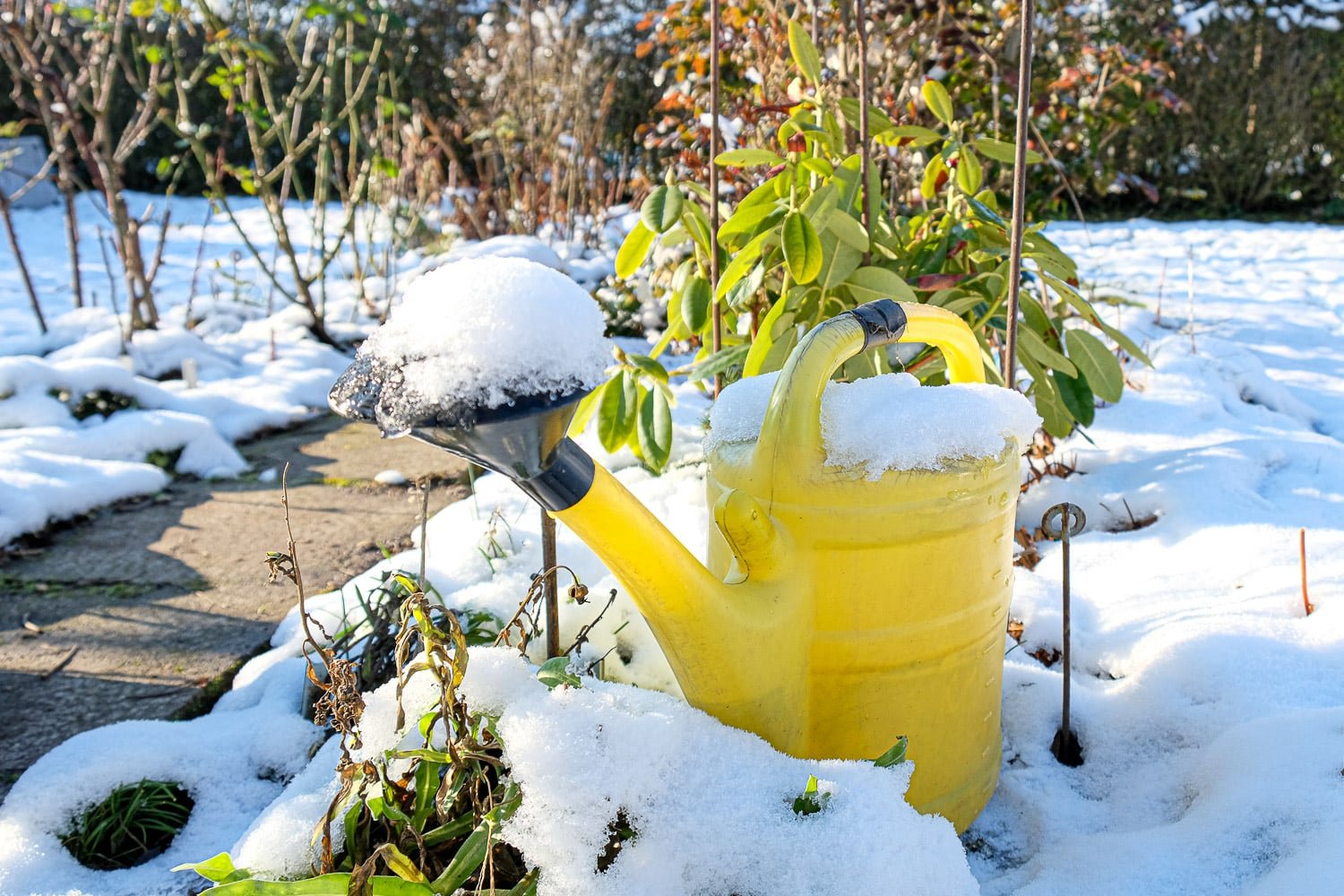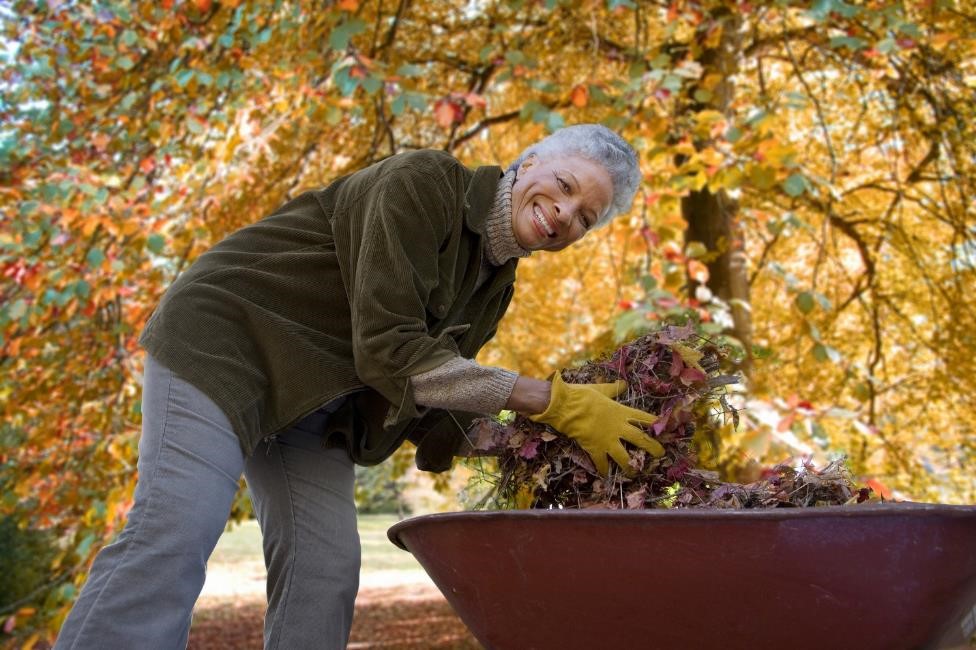As the leaves fall and temperatures drop, winterizing your garden often focuses on protecting plants from the harsh elements. However, winter presents a unique opportunity to fortify your horticultural care against pests and diseases, setting a solid foundation for a healthy, vibrant garden in the spring. This article explores innovative strategies for winter pest and disease prevention, emphasizing the importance of proactive measures and leveraging the benefits of the colder season.
The Winter Window: An Underestimated Advantage

Winter’s low temperatures and reduced moisture levels can naturally抑制 the growth and reproduction of many pests and pathogens. This seasonal advantage should be harnessed through specific practices that not only protect plants from immediate winter threats but also preemptively address potential pest and disease issues in the future.
Unique Winter Prevention Strategies
- Sanitation and Pruning: Begin by thoroughly cleaning up your garden. Remove fallen leaves, debris, and dead plant material, which can harbor pests and diseases. Prune trees and shrubs to remove infected or weakened branches, allowing healthy plant parts to focus their energy on growth and resilience.
- Soil Health: In winter, focus on improving soil health by adding compost or organic matter. Healthy soil supports stronger plant roots, which are better able to resist pests and diseases. Additionally, a balanced soil pH can hinder the growth of certain pathogens.
- Mulching: Applying a layer of mulch around plants provides insulation, helps retain soil moisture, and can suppress weed growth, which can harbor pests. Organic mulches like straw, shredded leaves, or wood chips also add nutrients to the soil as they decompose.
- Biological Controls: Winter is an excellent time to introduce beneficial insects and organisms that can naturally control pests. For example, ladybugs and lacewings can be overwintered in protected environments and released in spring to prey on aphids and other soft-bodied insects.
- Winter-Specific Pests: Be aware of winter-specific pests like borers, which can lay eggs in twigs and branches, and scale insects, which may cluster on plant surfaces. Apply dormant oils during the winter months to coat and smother these pests, disrupting their life cycles.
Leveraging Cold Temperatures
One often overlooked strategy is leveraging the natural cold temperatures to kill off overwintering pests and pathogens. Cold frames or cloches can be used to protect tender plants while allowing exposure to temperatures that are lethal to certain pests. Additionally, in mild winter regions, strategically exposing plants to short periods of freezing temperatures can help reduce populations of pests that might otherwise survive and multiply.
Integrated Pest Management (IPM) in Winter
Winter is an ideal time to refine your Integrated Pest Management (IPM) plan. IPM emphasizes the use of multiple strategies, including cultural practices, biological controls, and physical barriers, to manage pests and diseases in a way that minimizes environmental impact. Winter preparation allows you to identify potential weak spots in your garden’s defenses and address them before pests and diseases become active again in spring.
Conclusion: Winter as a Time of Preparation

Winterizing your garden should not solely focus on protecting plants from frost and snow. It’s a pivotal time for preventing pests and diseases, setting the stage for a healthy, thriving garden in the upcoming growing season. By embracing winter’s unique challenges and opportunities, gardeners can harness nature’s seasonal cycles to build resilience and promote long-term plant health.




















